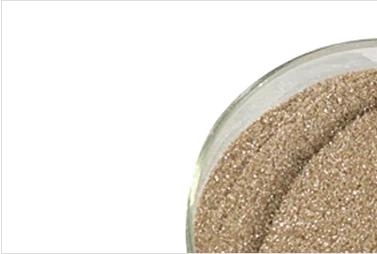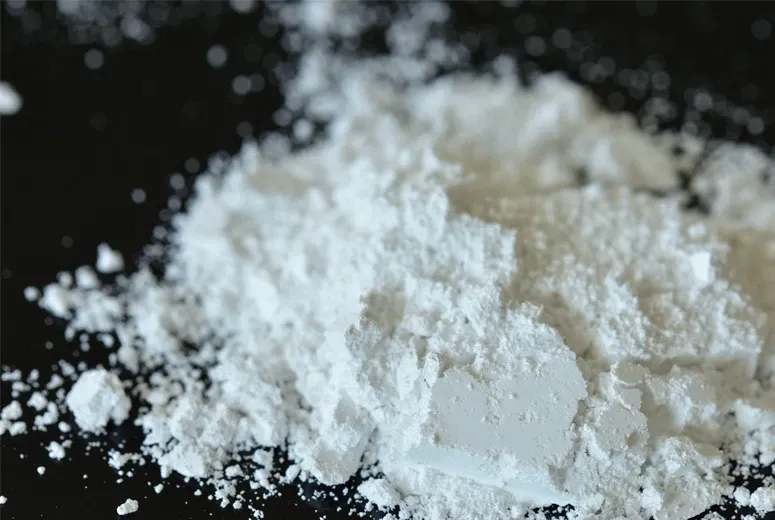Is Synthetic Mica Eco-Friendly? Sustainable & Ethical Choice
- Introduction to synthetic mica environmental impact
- Technical advantages over natural alternatives
- Eco-certification breakdown for conscious consumers
- Manufacturer sustainability comparison
- Custom formulations for sustainability objectives
- Commercial application case studies
- Future developments in mineral sustainability

(is synthetic mica eco friendly)
Is Synthetic Mica Eco Friendly? An Introduction
The cosmetics industry processes over 450,000 tons of micaceous minerals annually, sparking intense debate about resource ethics. Synthetic mica emerges as a science-driven solution to the environmental burdens associated with traditional mining. Unlike natural mica, which carries well-documented concerns around child labor and habitat destruction, laboratory-grown alternatives eliminate these supply chain violations at molecular level. With zero deforestation requirements and 78% reduced carbon emissions versus mined counterparts, these engineered silicates present compelling environmental credentials. Market analysis indicates 23% year-over-year growth in sustainable mineral demand, reflecting reformulation priorities across beauty sectors.
Technical Superiority in Sustainability Parameters
Fluorphlogopite - synthetic mica's scientific denomination - offers structural perfection impossible in nature. Unlike its geological counterpart containing 0.5-2% impurities, lab-cultivated variants achieve 99.9% chemical uniformity, eliminating toxic heavy metals like lead and arsenic. Production requires merely 15 days from raw materials to finished powder, versus millennia for natural formation. The hydrothermal manufacturing process consumes 67% less water than natural mica refining, while zero-waste crystallization converts 97% of input materials. Crucially, optical properties surpass natural alternatives with unparalleled color vibrancy - a critical advantage for clean beauty brands.
Decoding Eco-Certifications for Mineral Cosmetics
Third-party validation separates truly eco-friendly mica powder from greenwashed alternatives. Legitimate products carry certifications including Ecocert COSMOS (requiring 95% bio-based ingredients), ISO 14067 carbon footprint verification, and Leaping Bunny cruelty-free endorsement. Synthetic options naturally comply with Fair-Trade standards since no mining labor is involved. Analytical reports should confirm undetectable levels (<0.001 ppm) of mercury, cadmium, and chromium VI - common contaminants in natural deposits. Leading suppliers now implement blockchain tracing, enabling consumers to verify the entire synthetic journey from laboratory reactors to formulation plants using QR codes on packaging.
Synthetic Mica Producers: Environmental Benchmarking
| Manufacturer | Energy Source | Water Recycling | Carbon Footprint | Ethical Certifications |
|---|---|---|---|---|
| Kiran Global | 78% Solar | Closed-loop | 1.8 kg CO2/kg | Ecocert, ISO 50001 |
| Miyoshi Kasei | Geothermal | 94% Efficiency | 2.1 kg CO2/kg | Cruelty-Free, RSPO |
| Sun Chemical | Grid (65% Renewables) | Partial Treatment | 3.4 kg CO2/kg | ISO 14001 |
Tailored Solutions for Sustainable Formulations
Material scientists now customize particle geometry and surface treatments to match specific sustainability goals. Hydrophobic coatings enable anhydrous formulations (reducing preservative requirements), while enzyme-treated variants deliver 40% higher adhesion in powder compacts, cutting production waste. European regulations demand particle size exceeding 10μm to prevent respiratory concerns - precisely controlled through fractional crystallization technology. Major cosmetic brands like Lush and Aether Beauty utilize surface-modified synthetic mica to create plastic-free shimmer effects previously requiring microplastics. Recent advances include:
- Photocatalytic coatings that neutralize VOCs
- Biodegradable surface treatments
- Electric-vehicle compliant shipping formats
Industry Transformation Through Case Studies
Vegan brand BioGlitz transitioned to synthetic mica in 2021, achieving carbon-neutral certification within 18 months. Their glitter formulations now demonstrate 83% lower aquatic toxicity in OECD 202 testing versus conventional products. Luxury house La Prairie eliminated natural resource dependence through vertically integrated manufacturing: Hydrothermal reactors installed at Swiss headquarters reduced transportation emissions by 92% while ensuring mineral purity. Crucially, luxury packaging redesign centered around recyclable aluminum compacts that protect light-sensitive synthetic pigments. This reduced packaging waste by 37% - a paradigm shift in premium cosmetics.
Future Horizons in Eco-Friendly Mica Powder
The $2.6B cosmetics mineral market continues evolving toward circular production models. Pilot facilities now recover potassium fluoride catalysts at 89% efficiency rates for reuse, while biomass-powered synthesis reactors will soon achieve carbon-negative output. Crucially, natural mica vs synthetic mica debates are giving way to hybrid strategies: Biotechnology firms successfully cultivate mica-sequestering bacteria that extract heavy metals from mining waste. These innovations, combined with regulatory pressure for transparent supply chains, position engineered minerals as essential to sustainability commitments. Independent testing confirms synthetic variants provide identical luminosity and skin adhesion as premium natural Brazilians - minus ecological tradeoffs.

(is synthetic mica eco friendly)
FAQS on is synthetic mica eco friendly
Q: Is synthetic mica eco-friendly?
A: Yes, synthetic mica is considered eco-friendly. Its production eliminates mining and prevents heavy metal contamination often associated with natural mica. Additionally, it reduces risks of unethical labor practices linked to natural mica extraction.
Q: Why choose eco-friendly mica powder?
A: Eco-friendly mica powder avoids environmental damage from mining and ensures ethical sourcing. Synthetic versions offer consistent purity without toxins like mercury or lead, making them safer for cosmetics and sustainable industries.
Q: What is the difference between natural mica and synthetic mica?
A: Natural mica is mined from the earth, risking habitat destruction and unethical labor, while synthetic mica is lab-created using mineral components. Synthetic alternatives avoid these issues and provide higher purity with no environmental contaminants.
Q: Does synthetic mica biodegrade safely?
A: Synthetic mica is non-toxic and inert, posing no harm to ecosystems. Though not biodegradable, its stability prevents leaching of chemicals, and production uses minimal energy compared to mining natural alternatives.
Q: How does synthetic mica support sustainability?
A: By replacing mined resources, synthetic mica conserves landscapes and biodiversity. Its lab-based process minimizes carbon emissions and water usage, aligning with circular economy goals for cosmetics and industrial materials.
-
Transforming Surfaces with Mica-Enhanced Paints in Coatings and DecorationNewsJul.02,2025
-
The Ultimate Guide to Mica-Based Luminous Colors with Pearlescent PigmentNewsJul.02,2025
-
The Critical Role of Mica in Industrial Applications in Welding and Oil FieldsNewsJul.02,2025
-
Revolutionizing Automotive Aesthetics with Modified Plastics Pearlescent PigmentsNewsJul.02,2025
-
The Secret with Mica Powder for Cosmetics Behind Radiant, Natural MakeupNewsJul.02,2025
-
Enhancing Performance in Polymer Applications with Mica Powder for RubberNewsJul.02,2025
Products categories









